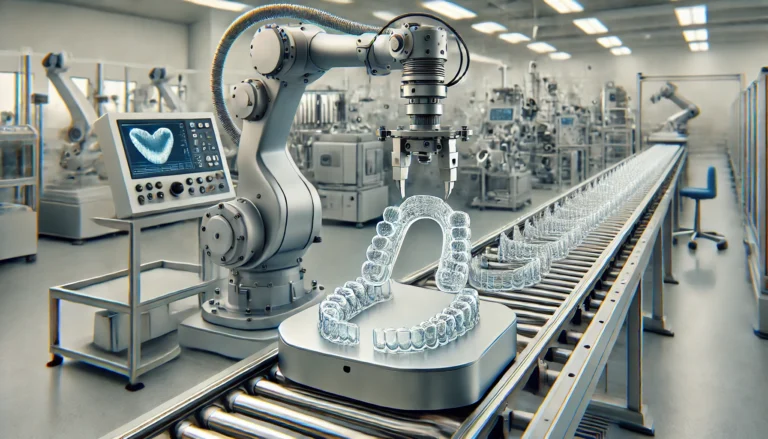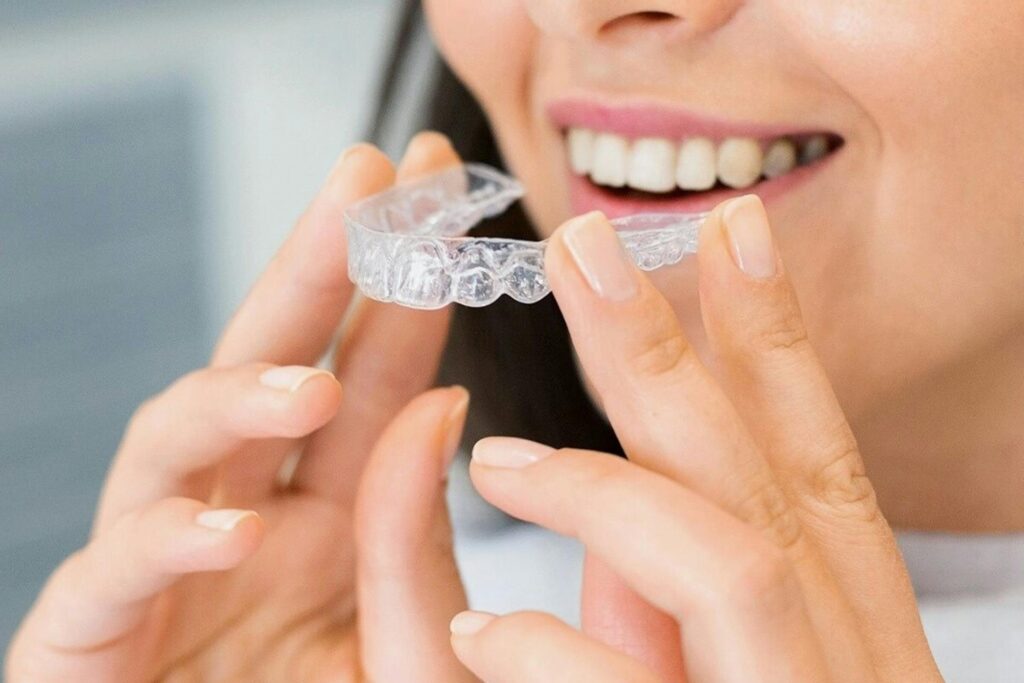
Invisalign has revolutionised orthodontic treatment by providing a discreet and comfortable option compared to traditional braces. But can Invisalign fix overbites, underbites, and gaps in your teeth?
This innovative solution can effectively tackle a range of dental concerns, including these issues, along with misaligned teeth.
For those interested in understanding the benefits of Invisalign—such as its subtle appearance, ease of maintenance, and potential risks as well as treatment timelines—this article will offer valuable insights.
What is Invisalign?
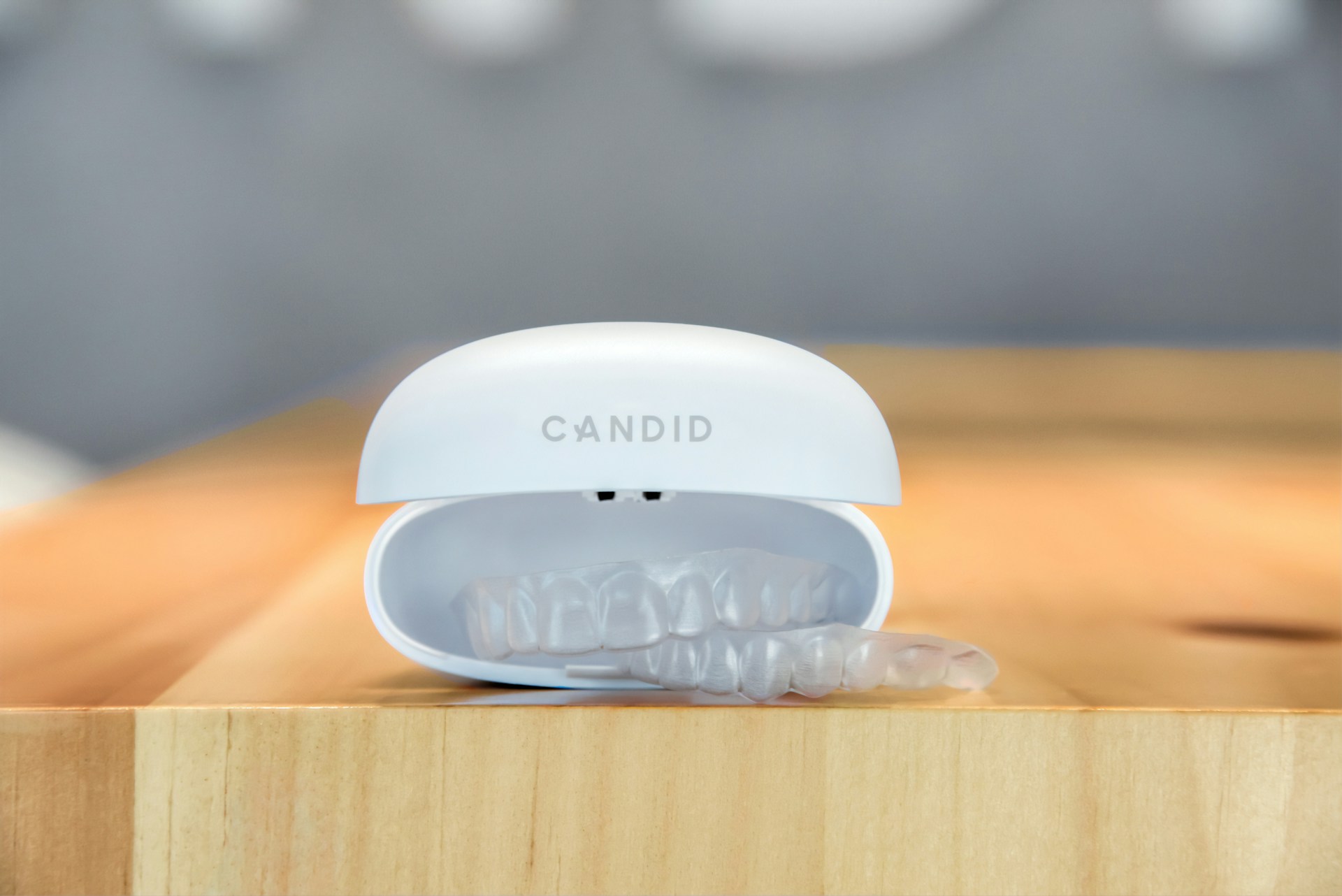
Invisalign represents a groundbreaking approach to orthodontic treatment, employing clear aligners to effectively straighten teeth and address a variety of dental issues.
Unlike traditional braces, these custom-made aligners provide a discreet and comfortable alternative for individuals looking to improve their smile without the conspicuous presence of metal wires and brackets. While the cost of Invisalign in the UK may vary depending on individual cases, its benefits, such as convenience and aesthetics, make it a preferred choice for many patients.
This innovative method has gained significant traction in both adult and child orthodontics, becoming a popular option for those seeking aesthetic solutions in their oral care journey. With an emphasis on patient satisfaction and successful outcomes, Invisalign is reshaping the way orthodontics is perceived and practised.
How Does Invisalign Work?
The Invisalign process begins with a comprehensive dental consultation, during which an orthodontist assesses the alignment of your teeth and formulates a customised treatment plan tailored to your specific needs.
Utilising advanced dental imaging and 3D scanning technology, precise measurements of your teeth are taken to create a series of custom aligners that facilitate effective tooth movement.
Each aligner is typically worn for approximately two weeks, gradually shifting your teeth into the desired position, all while ensuring comfort throughout the treatment duration.
What Dental Issues Can Invisalign Fix?
Invisalign is specifically designed to tackle a range of dental issues, which makes it a flexible option for those seeking to enhance their smile.
Its capability to correct common problems like malocclusion—such as overbites and underbites—as well as issues like teeth crowding, gaps, and crooked teeth, has positioned Invisalign as a favoured choice among orthodontic treatments.
This innovative method not only improves dental alignment but also promotes better oral health and aesthetics, making it an appealing option for patients of all ages.
Can Invisalign Fix Overbites?
Invisalign is a highly effective solution for correcting overbites, which is a common dental concern where the upper teeth significantly overlap the lower teeth. This condition can lead to discomfort and alignment issues.
The clear aligners are specifically designed to gradually guide the teeth into a more optimal position, thereby improving overall bite alignment and enhancing both dental function and aesthetics. Each orthodontic treatment plan is customised to meet the individual needs of the patient, ensuring a comfortable and discreet approach to achieving a corrected bite.
The treatment involves a series of custom-made clear aligners, progressing through multiple stages. Each aligner exerts gentle pressure on specific teeth, encouraging them to move incrementally into proper alignment. This consistent application of pressure fosters a well-balanced bite.
As the treatment progresses, patients can anticipate not only improved oral function but also a significant boost in confidence due to the enhanced appearance of their smiles. A further advantage of these aligners is their removability, allowing patients to take them out for eating and brushing. This feature makes Invisalign a convenient option for those seeking effective bite correction without the complications often associated with traditional braces.
Can Invisalign Fix Underbites?
Invisalign is indeed capable of addressing underbites, which occur when the lower teeth protrude beyond the upper teeth, leading to bite issues that can impact oral function. By utilising a series of custom aligners, Invisalign works to gradually reposition the teeth, improving dental alignment and ultimately leading to a more balanced bite.
This orthodontic treatment not only enhances the functional aspects of the bite but also improves the aesthetic appeal of the smile, making it a popular choice for individuals seeking effective solutions.
The process begins with an initial consultation, during which a qualified orthodontist assesses the severity of the underbite and takes digital scans of the teeth. These scans are essential for developing a personalised treatment plan, ensuring that each aligner is specifically tailored to the patient’s unique dental structure.
As the patient progresses through the series of aligners, each one is designed to apply gentle pressure on specific teeth, guiding them into their correct positions over time.
This approach not only provides a more comfortable experience compared to traditional braces but also delivers effective results that are both functional and aesthetically pleasing. Patients often appreciate the convenience of being able to remove the aligners, which facilitates maintaining good oral hygiene and enjoying their favourite foods throughout the treatment process.
Can Invisalign Fix Gaps in Teeth?
Invisalign serves as an effective solution for addressing gaps between teeth, a condition that may raise concerns regarding both dental aesthetics and oral health. By employing a series of clear aligners, Invisalign gently shifts the teeth closer together, ultimately closing gaps and fostering a more uniform smile.
This treatment not only tackles aesthetic issues but also enhances overall dental alignment and function, allowing patients to achieve both confidence and comfort in their smiles.
The process involves the use of custom-made aligners designed to apply controlled pressure on specific teeth, gradually shifting them into their desired positions. Each aligner is worn for a designated period before being replaced with the next in the series, facilitating precise adjustments over time.
What makes this method particularly appealing is not just its effectiveness in closing gaps and improving appearance, but also the convenience and discretion it provides. Patients seeking to enhance their smile can do so without the bulkiness associated with traditional braces.
Consequently, they can enjoy a more attractive smile while maintaining their daily routines with minimal disruption.
Can Invisalign Fix Crooked Teeth?
Invisalign presents an effective solution for addressing crooked teeth, offering a modern alternative to traditional dental braces for those who desire a straighter smile. Utilising innovative orthodontic technology, this series of clear aligners is customised to gradually reposition misaligned teeth, resulting in improved dental alignment and increased confidence in one’s smile.
This method not only enhances aesthetics but also supports better oral hygiene by reducing the risk of plaque build-up that can occur with crooked teeth.
Furthermore, Invisalign provides exceptional comfort and convenience, as the aligners can be easily removed for eating and cleaning, unlike the fixed brackets used in traditional braces.
Many patients appreciate the discreet nature of these clear aligners, which allows them to maintain their natural appearance throughout the treatment process. As they progress through the aligners, they experience gradual adjustments that lead to a healthier bite and overall improved function.
Such transformative results can be achieved while enjoying the freedom from the food restrictions commonly associated with conventional orthodontic treatments. This makes Invisalign an increasingly popular choice for individuals seeking a radiant smile.
What Are the Benefits of Invisalign?
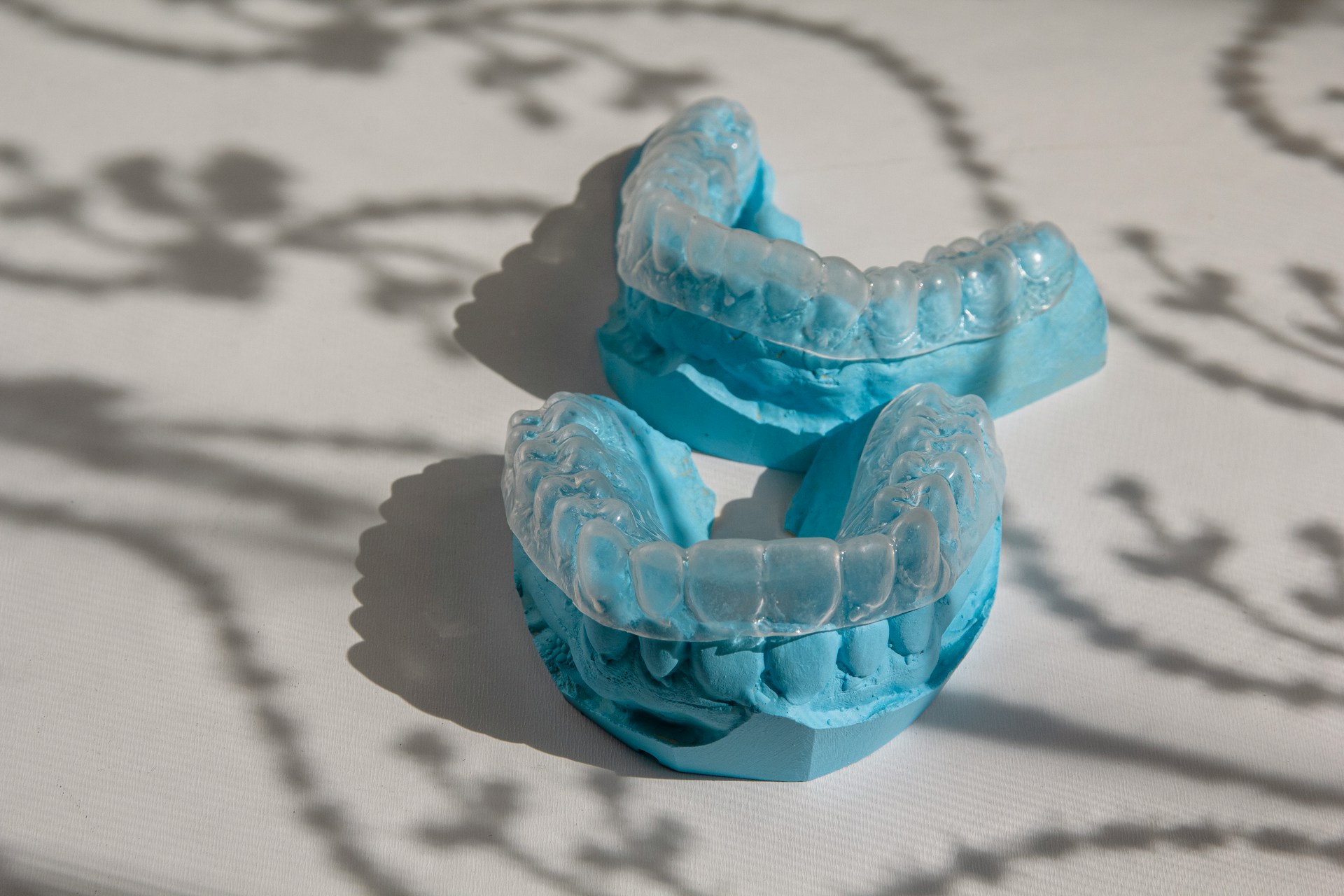
Invisalign presents a range of advantages that make it a preferred option for those pursuing orthodontic treatment. The clear aligners are thoughtfully designed to prioritise patient comfort, offering a nearly invisible solution that enables individuals to continue their daily activities while making dental improvements.
Furthermore, the removable nature of Invisalign aligners promotes better oral hygiene practices, allowing patients to maintain the health of their teeth and gums throughout the treatment process. This blend of effectiveness and comfort has resulted in high patient satisfaction rates and successful treatment outcomes.
1. Discreet Appearance
One of the notable advantages of Invisalign is its discreet appearance, enabling patients to straighten their teeth without the conspicuous look of traditional braces. The clear aligners are virtually invisible when worn, making them a preferred option among adults and teenagers who value dental aesthetics and wish to enhance their smiles without drawing attention to their orthodontic treatment.
This particular feature resonates especially well with adults who may have concerns about how conventional braces could impact their professional image or social interactions. Unlike metal brackets and wires, these removable aligners offer the flexibility to maintain personal dental hygiene and enjoy favourite foods without restrictions.
Consequently, many individuals discover that the comfort and convenience of Invisalign aligners motivate them to fully commit to their orthodontic journey, ultimately resulting in a boost in self-confidence as they achieve a straighter, more radiant smile.
2. Comfortable Fit
Invisalign aligners are designed for a comfortable fit, greatly enhancing the overall orthodontic experience for patients. Unlike traditional metal braces that often cause irritation and discomfort, the smooth plastic material of Invisalign ensures a gentle transition during tooth movement. This approach not only makes the treatment journey more pleasant but also promotes good dental health.
This innovative method of teeth straightening significantly reduces the likelihood of mouth ulcers and discomfort commonly associated with metal brackets and wires. It also allows patients to maintain their usual lifestyle without the frequent interruptions that traditional orthodontics can bring.
The ability to remove the aligners when eating or brushing adds to the convenience, making it easier for individuals to adhere to good oral hygiene practices.
Ultimately, this emphasis on comfort leads to higher patient satisfaction. Individuals can enjoy a more discreet and pain-free way of achieving their desired smiles, which fosters a sense of confidence throughout the entire process.
3. Removable Aligners
The removable nature of Invisalign aligners offers a notable advantage in maintaining oral hygiene and accommodating daily activities. Patients can conveniently take out their aligners during meals and while brushing their teeth, which promotes better oral care throughout the treatment process.
This flexibility also minimises any disruption to their lifestyle, a common concern with fixed braces.
This adaptability give the power tos individuals to adhere to their dental hygiene routines effectively, allowing them to brush and floss without obstruction. The ability to remove aligners makes for a more comfortable experience, particularly when enjoying social occasions or indulging in favourite foods without restrictions.
Consequently, this approach not only enhances oral health but also contributes to a more relaxed and confident lifestyle during the orthodontic journey. By prioritising both hygiene and personal preferences, Invisalign fosters a positive mindset that is crucial for achieving successful treatment outcomes.
4. Easy Maintenance
Maintaining Invisalign aligners is quite straightforward, which makes the overall treatment process more manageable for patients. Regularly cleaning the aligners with a gentle cleanser helps keep them clear and free from bacteria, thereby ensuring good oral hygiene.
This ease of maintenance is a significant reason behind the increasing popularity of Invisalign among individuals seeking effective orthodontic solutions.
By adhering to a simple routine that involves rinsing the aligners each time they are removed, patients can greatly enhance their oral health and reduce the risk of cavities or gum disease.
Additionally, soaking the aligners in specialised cleaning solutions once daily not only removes plaque but also helps prevent discolouration.
It is crucial for users to brush their teeth after meals before reinserting the aligners, as this promotes a cleaner and healthier environment in the mouth. Such attention to detail ensures the efficiency of the dental treatment while fostering a confident smile throughout the duration of the aligner process.
What Are the Potential Risks of Invisalign?
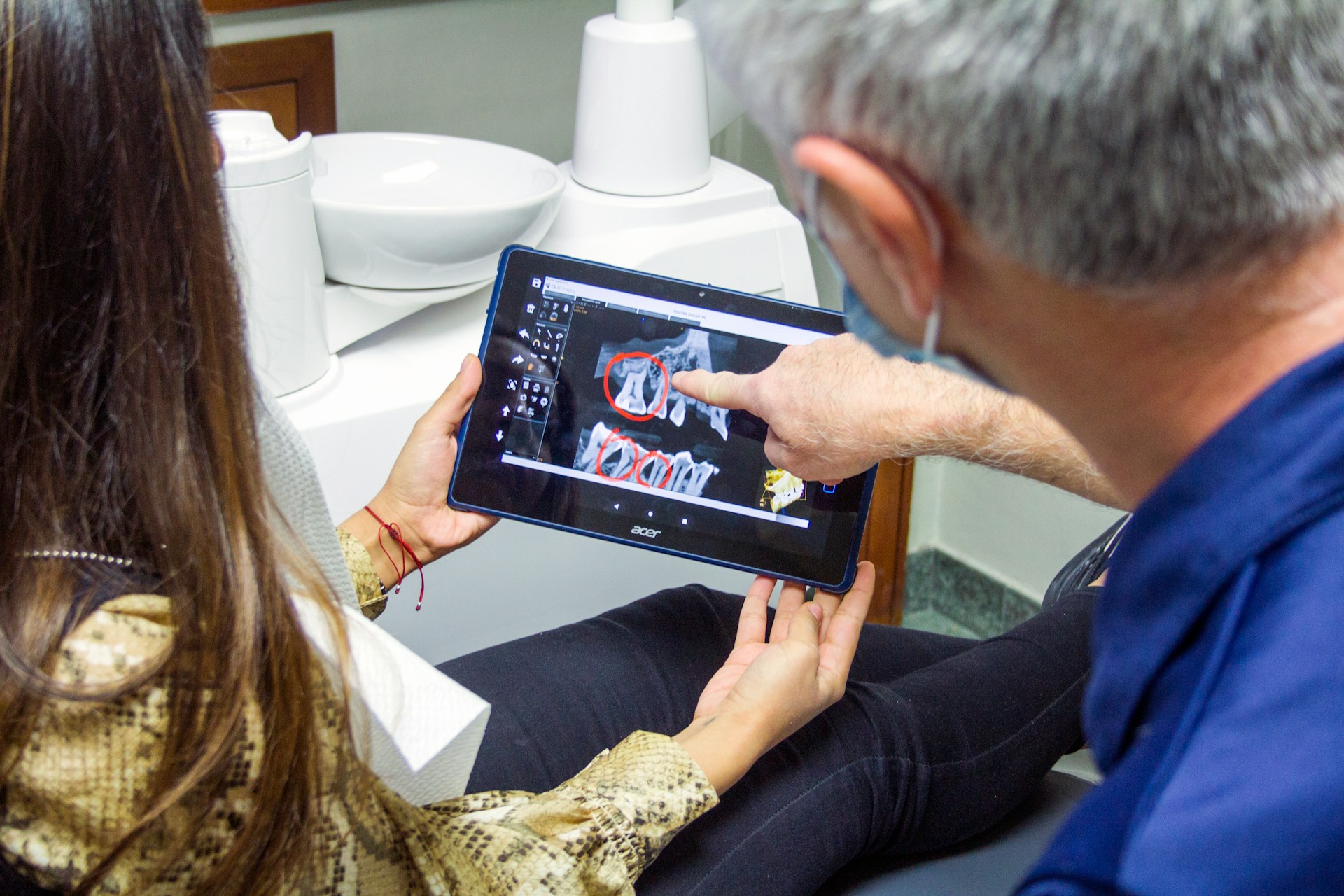
Invisalign is typically a safe and effective treatment option; however, it is important for patients to be informed about potential risks and side effects before beginning their journey.
Some individuals might experience discomfort or soreness as their teeth start to shift, which is a normal reaction to orthodontic treatment. Moreover, while rare, there may be instances of allergic reactions to the aligner material, although such occurrences are not common among users.
1. Discomfort or Soreness
It is quite common to experience discomfort or soreness during the first few days of using a new set of Invisalign aligners, as they apply gentle pressure on the teeth to initiate movement. This sensation is usually mild; however, its intensity may vary from person to person and is generally temporary, subsiding as the teeth become accustomed to their new positions.
The discomfort stems primarily from the design of the aligners, which are specifically created to gradually shift the teeth into alignment throughout the treatment. Typically, this initial soreness lasts anywhere from a few days to about a week, depending on how frequently and for how long the aligners are worn each day.
To help alleviate any discomfort, there are several strategies individuals can consider:
- Using orthodontic wax to cushion any areas that may feel irritated
- Taking over-the-counter pain relief as needed
- Staying well-hydrated to soothe the gums
Additionally, engaging in a soft food diet temporarily can help reduce pressure on sensitive teeth during this adjustment phase, facilitating a more comfortable transition to the next set of aligners.
2. Speech Impediments
Some patients may notice temporary speech impediments when they first start wearing Invisalign aligners, as the aligners can slightly change tongue placement. However, most individuals adjust quickly, and any initial pronunciation difficulties typically resolve within a few days as they become accustomed to having the aligners in place.
To manage this challenge, it is beneficial for patients to practise speaking aloud, perhaps by reading books or engaging in conversations with friends and family. This proactive approach not only helps improve articulation but also enhances confidence during the adjustment period.
Additionally, incorporating mouth exercises can further assist in adapting to the slight changes caused by the aligners, making the transition smoother. Most patients find that their speech normalises as they consistently wear the aligners, and embracing these initial hurdles is often part of the journey towards achieving a healthier, straighter smile.
3. Allergic Reactions
Although it is uncommon, some individuals may experience allergic reactions to the material used in Invisalign aligners, which can result in discomfort or irritation in the oral cavity. If a patient suspects they may have an allergy, it is essential to consult with their orthodontist to explore alternative options or solutions that ensure safe and effective orthodontic treatment.
Being attentive to any adverse symptoms is crucial for maintaining dental health throughout the orthodontic process. Patients should note that signs of an allergic reaction can range from mild irritation to more severe responses, which can impact both comfort and treatment outcomes.
Monitoring one’s condition and discussing any changes with a dental professional can facilitate early intervention for potential issues. A thorough consultation prior to starting the use of aligners can provide clarity regarding the materials used and help create a personalised treatment plan that takes individual sensitivities into account.
How Long Does Invisalign Treatment Take?
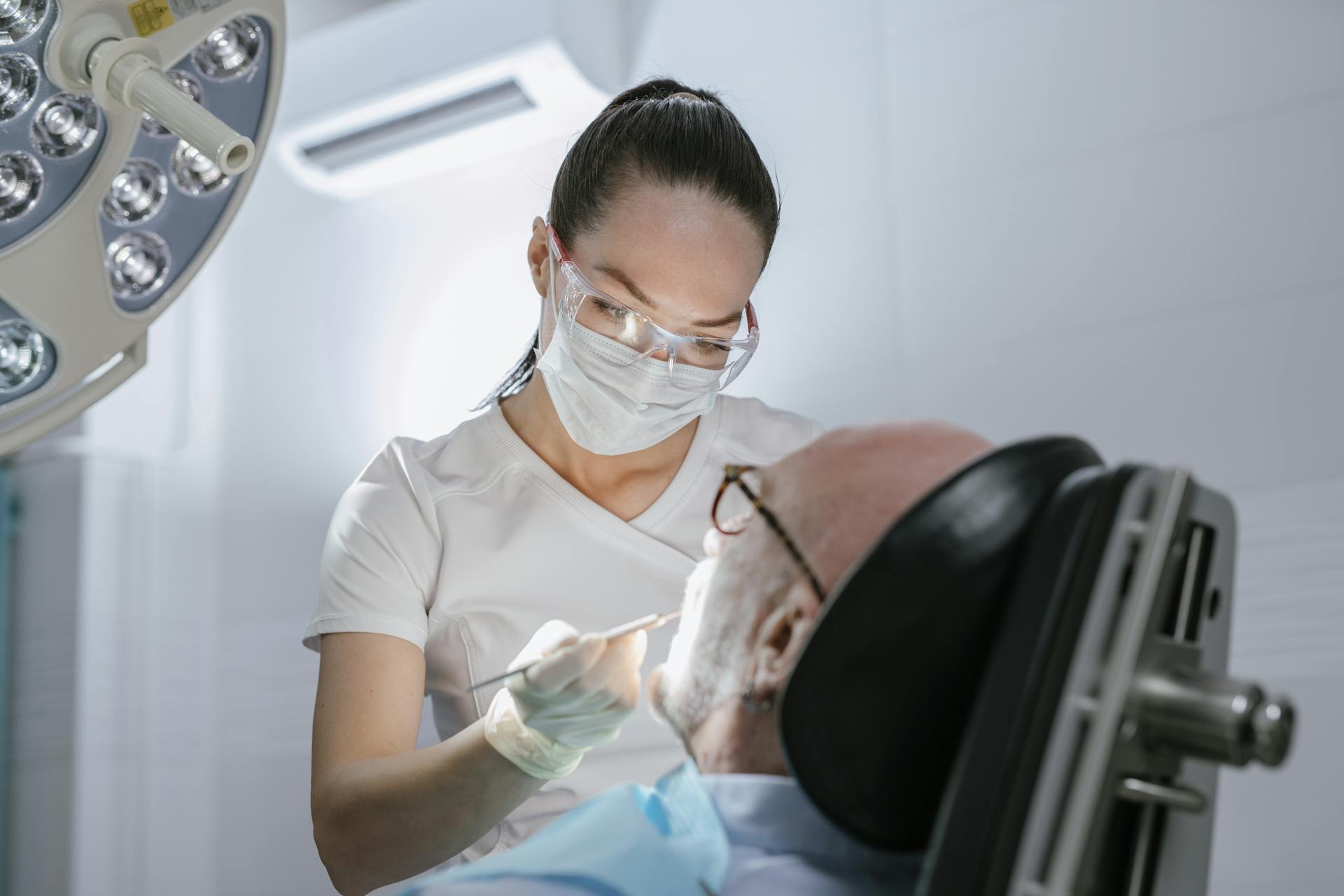
The length of Invisalign treatment can vary considerably based on individual requirements, the complexity of the dental issues being addressed, and how closely the patient adheres to the guidelines for wearing the aligners.
Typically, most patients complete their treatment within 12 to 18 months. However, there are cases where the duration may be shorter or longer, depending on the orthodontist’s assessments.
1. Length of Treatment Varies
The duration of Invisalign treatment can vary significantly from one individual to another, as each person’s dental alignment issues and desired results are unique. Several factors, including the severity of misalignment and the specific objectives established during the orthodontic consultation, will ultimately determine the overall treatment length.
Additionally, the patient’s age, adherence to wearing the aligners, and the complexity of the case all play a role in how long the treatment may take. For instance, individuals with more complicated crowding or bite issues might need a longer period to achieve their desired smile compared to those requiring only minor adjustments.
Orthodontists often customise treatment plans based on lifestyle considerations, ensuring that the aligners integrate smoothly into the patient’s daily routine. This personalised approach to care helps ensure that each individual receives the best possible outcome within a timeframe that accommodates their unique circumstances.
2. Number of Aligners Needed
The number of aligners needed for Invisalign treatment can vary considerably depending on the complexity of the tooth movement required to achieve the desired results. During the initial consultation, the orthodontist will create a comprehensive treatment plan that specifies the series of aligners tailored to meet the patient’s dental alignment goals.
This personalised approach is crucial because it not only takes into account the specific adjustments each patient’s teeth require but also aligns with their individual dental and aesthetic desires. By thoroughly evaluating the severity of malocclusions and other alignment issues, the orthodontist can more accurately estimate how many aligners will be necessary throughout the treatment process.
Generally speaking, more complex cases may require a larger number of aligners, reflecting the challenges involved in effectively repositioning the teeth.
Therefore, a well-structured treatment plan is essential, as it plays a significant role in facilitating a smoother journey towards achieving that perfect smile.
Frequently Asked Questions
Can Invisalign fix overbites?
Yes, Invisalign can be an effective treatment for correcting overbites. Invisalign aligners work by gradually shifting the teeth into their proper positions, including correcting an overbite.
Can Invisalign fix underbites?
Yes, Invisalign can also be used to correct underbites. By using a series of clear aligners, Invisalign can gradually move the lower teeth forward to align properly with the upper teeth, correcting the underbite.
Can Invisalign fix gaps in your teeth?
Yes, Invisalign can be used to close small gaps in your teeth. The aligners are designed to gradually move the teeth into their desired positions, which can help close gaps and create a more even smile.
How does Invisalign fix overbites, underbites, and gaps?
Invisalign aligners use a series of clear, custom-made trays that are changed every few weeks to gradually shift the teeth into their proper positions. This process can effectively fix overbites, underbites, and gaps in the teeth.
Are overbites, underbites, and gaps the only dental issues Invisalign can fix?
No, Invisalign can also fix other common dental issues such as crowded teeth, crossbites, and open bites. However, it is important to consult with an Invisalign provider to determine if you are a good candidate for this treatment.
How long does it take for Invisalign to fix overbites, underbites, and gaps in your teeth?
The duration of Invisalign treatment varies depending on the severity of the dental issues and the individual’s teeth. On average, it can take anywhere from 6 months to 2 years to fix overbites, underbites, and gaps in your teeth using Invisalign.

